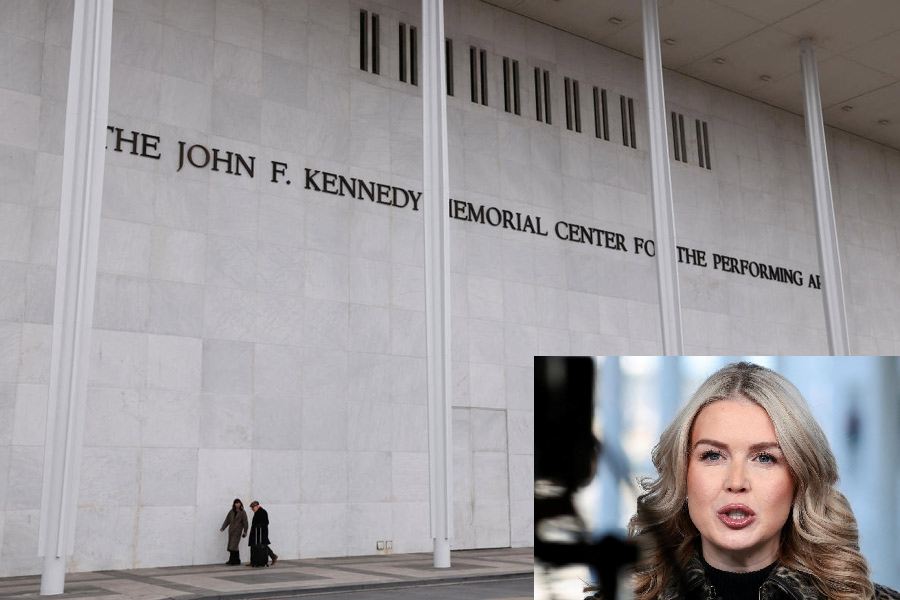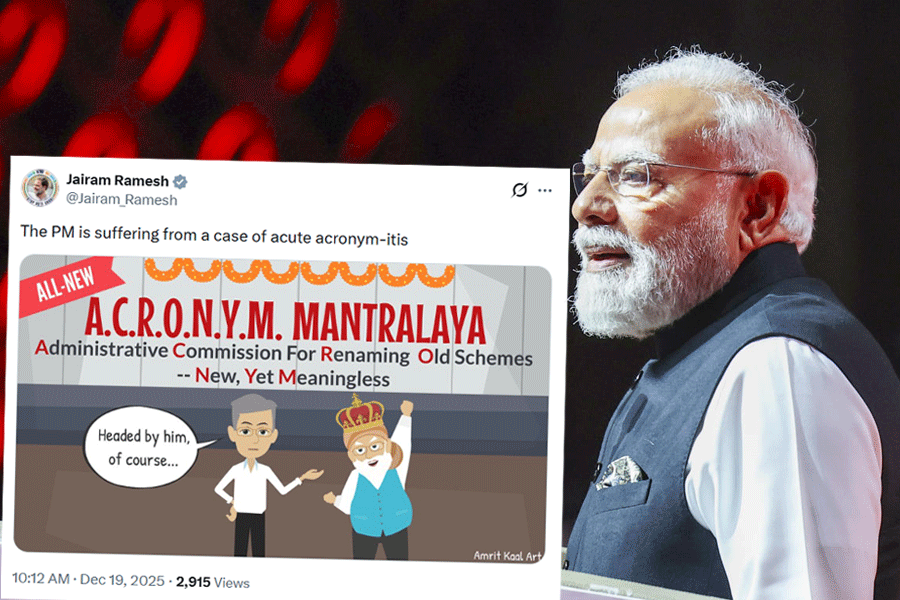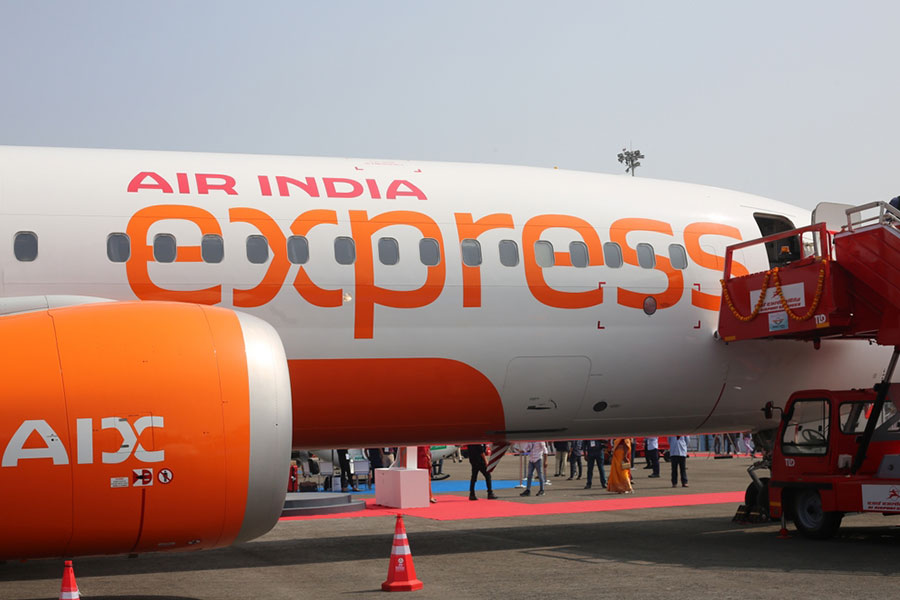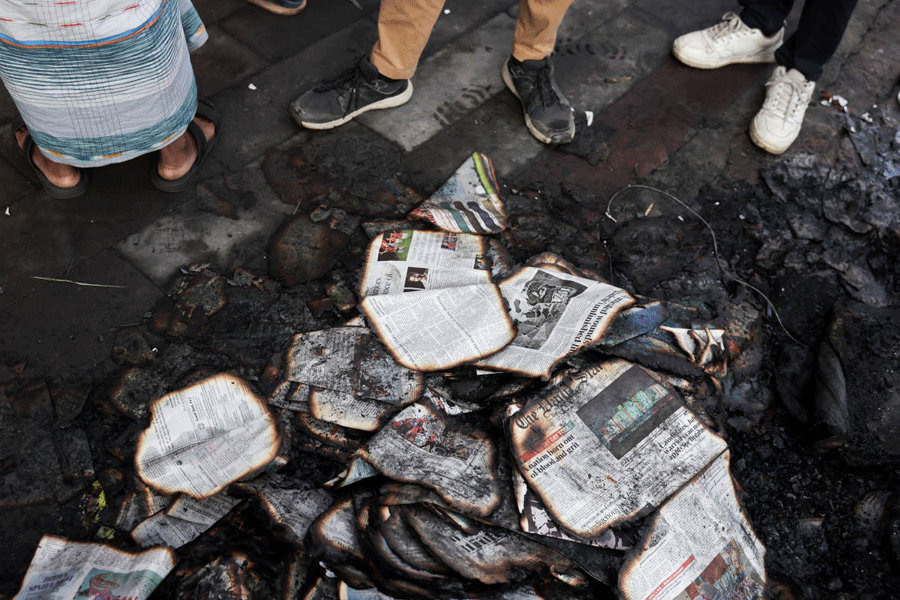Anti-pollution skincare is getting into the mainstream. But can the people who really need it most afford it, asks a recent report on www.racked.com.
The popularity of skincare products is on the rise. Cosmetics is one industry that is growing globally. At the same time, in a mirror image, pollution is also rising.
The article cites a WHO report that mentions Beijing and Delhi suffering from the impact of particulate pollution in air – the kind of pollution that penetrates deep into the lungs.
Both pollution and the growing interest in skincare products is driving the need for anti-pollution cosmetics. But who can afford it?
The www.racked.com quotes a 2018 study from the Environmental Protection Agency that claims African-American communities are exposed to 1.54 times more fine particle pollution than the overall population. Non-white communities are exposed to 1.28 times more fine particle pollution. Non-white communities are far poorer than white communities. And of course Trump’s administration is not doing much to battle pollution; quite the contrary.
Now among Sephora’s top five best-selling anti-pollution products, the report says, the cheapest is a single-use sheet mask (for $6). None of the other four is less than $20, and the most expensive — Sunday Riley’s “C.E.O.” moisturiser — comes at $65 for 1.7 ounces.
How many can buy a $65 moisturiser? The message of anti-pollution skincare, the article says, is you have to be rich to beat pollution.











